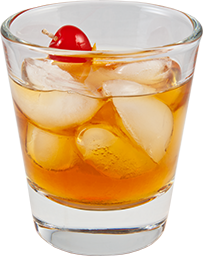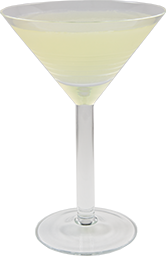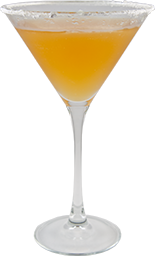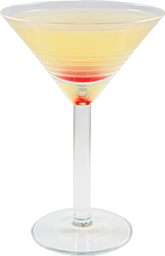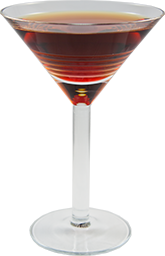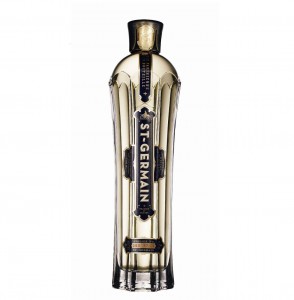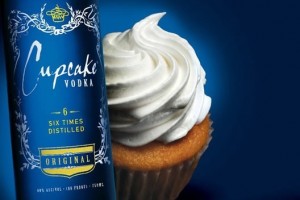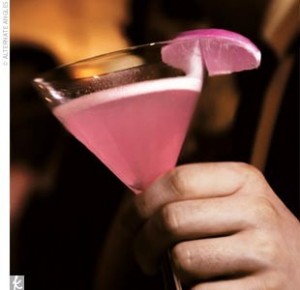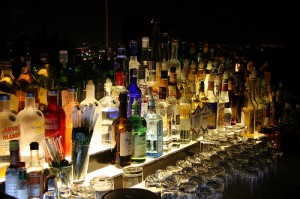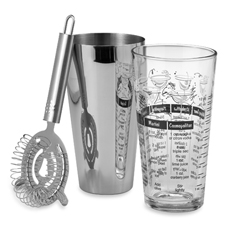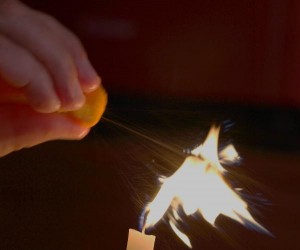It’s difficult to visit a cocktail bar these days and not see the ubiquitous art-deco “torpedo” St-Germain bottle in all it’s pale green splendor. Looking like a Jules Verne sketch of a surface to air missile, the bottle is nothing short of splendid, and one can practically hear accordion music and buttery-smooth syllables of la langue maternelle de l’amour merely by gazing upon it.
Aside from the iconic bottle, the rest of the St-Germain “experience” is a case study in the new category of stupor-premium spirits: slick and well-executed marketing, a quaint backstory and associated photography of rural Frenchmen, teleported from the 1800s to gather rare flowers and transport them via bicyclette for your spirituous enjoyment, and that magical “right around twenty bucks” price point. Once one weeds through the marketing BS, essentially St-Germain is macerated elderflower in eau-de-vie, literally translated “water of life” and the wonderfully French way of describing what is the brandy-equivalent of grain alcohol. Throw in some sugar and the required “secret process” and you’re done. So far, we’ve waded through a lot of le fluff; does St-Germain live up to the hype? Well, kind of.
If your life has long been complete, save for a source of the light and crisp taste of elderflower, St-Germain is the answer to your prayers. It does deliver on its promises of fresh, subtle floral notes, but once the novelty wears off, you’re left with a fairly niche product that is easily overwhelmed by other spirits. This is further handicapped by a limited offering of cocktails from the manufacturer, most of which are old staples with a standard ingredient replaced with St-Germain. We sampled one of the few unique cocktails, the Vieux Mot, and while tasty, it was missing something on the finish that takes a cocktail from OK to exceptional. As you’ll see in the recipe, we tried Orange Bitters and a dash of Pernod, but I’m still not satisfied. Even reading the recipes it’s clear the marketing department invested more in cheeky comments than assembling some good, original drinks.
In the right hands, there’s potential for some nice spring/summer cocktails, with a good gin gaining a floral compliment from the St-Germain, but it seems of limited utility to the home mixologist, and in danger of becoming just another flavoring agent to be fortified with vodka to create the “Tini du Jour” in your average cocktail bar. Frankly, if you want something French and fruity, there are far more interesting possibilities with Chambord, Calvados, or Cointreau, and that’s just the letter “C”. That said, if you’ve got $20 burning a hole in your pocket and explored some of the more traditional fruit liqueurs, that funky bottle and a chance to “remix” some classic warm-weather cocktails might be worth the price of admission.




